The International Olympic Committee (IOC) is the governing body of the Olympic Games, responsible for overseeing the organization and security of this global sporting event. Protecting the IOC from cybersecurity threats is crucial due to the vast amount of sensitive information it manages, including athlete data, event logistics, and financial transactions. A breach of this information could have significant consequences for the IOC, athletes, sponsors, and fans.
In recent years, cyber threats have become more sophisticated and widespread, posing risks to organizations across various sectors. The IOC, as a high-profile entity, is a potential target for cybercriminals seeking to exploit vulnerabilities and access sensitive information. A successful cyber attack on the IOC could result in disruptions to event planning, financial losses, and damage to its reputation.
To mitigate these risks, the IOC must prioritize Cybersecurity and implement robust measures to protect its operations and data. Investing in comprehensive cybersecurity strategies is essential for safeguarding the IOC’s infrastructure, information, and reputation, thereby ensuring the continued integrity and success of the Olympic Games.
Key Takeaways
- Protecting the IOC is crucial for safeguarding sensitive information and maintaining operational integrity.
- Cybersecurity threats faced by the IOC include hacking, data breaches, and insider threats.
- Strong authentication and access control measures are essential for preventing unauthorized access to IOC systems and data.
- Securing communication channels and data transmission helps prevent interception and tampering of sensitive information.
- Regular security audits and penetration testing are necessary to identify and address vulnerabilities in IOC systems and networks.
- Training and educating IOC staff on cybersecurity best practices is vital for creating a culture of security awareness and compliance.
- Collaborating with cybersecurity experts and organizations provides valuable support and information sharing to enhance IOC cybersecurity defenses.
Understanding the Cybersecurity Threats Faced by the IOC
Phishing Attacks: A Common Threat
One of the most prevalent threats is phishing attacks, where cybercriminals use deceptive emails or websites to trick IOC staff into revealing sensitive information or installing malware on their devices. Phishing attacks can be highly effective, as they often exploit human error and trust to gain unauthorized access to the IOC’s systems.
Ransomware and Insider Attacks: Critical Risks
The IOC is also at risk of ransomware attacks, where cybercriminals encrypt critical data and demand a ransom for its release. A successful ransomware attack could disrupt the IOC’s operations and lead to significant financial losses. Furthermore, the IOC must contend with the threat of insider attacks, where malicious actors within the organization exploit their access to carry out unauthorized activities or steal sensitive information.
DDoS Attacks: Disrupting Operations
Additionally, the IOC is vulnerable to distributed denial-of-service (DDoS) attacks, where cybercriminals overwhelm its network with a flood of traffic, causing disruptions and downtime. DDoS attacks can have a significant impact on the IOC’s ability to communicate and coordinate its activities, potentially leading to delays and logistical challenges.
Implementing Strong Authentication and Access Control Measures
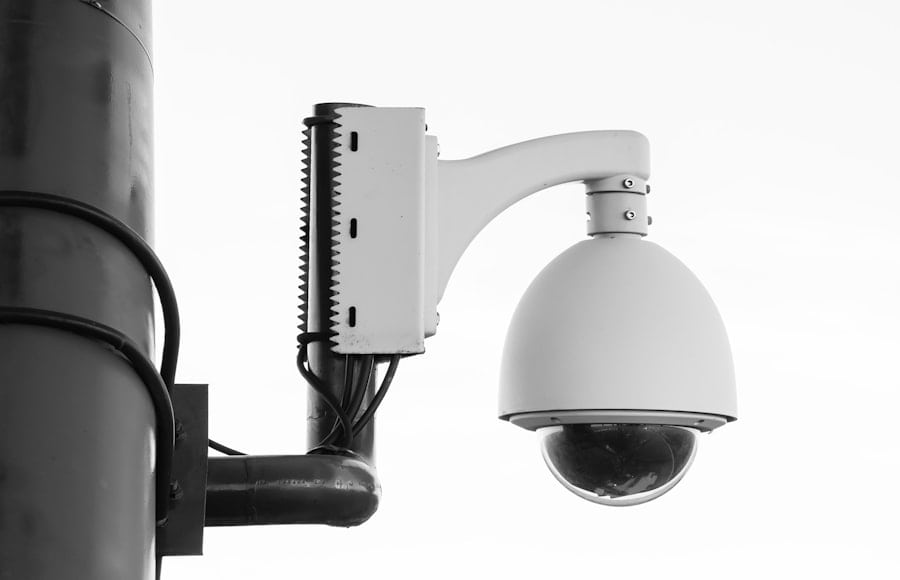
To mitigate the cybersecurity threats faced by the IOC, it is essential to implement strong authentication and access control measures. This includes requiring multi-factor authentication for all staff members accessing the IOC’s systems and networks. Multi-factor authentication adds an extra layer of security by requiring users to provide multiple forms of verification, such as a password and a unique code sent to their mobile device.
By implementing multi-factor authentication, the IOC can significantly reduce the risk of unauthorized access to its systems and data. In addition to multi-factor authentication, the IOC should also enforce strict access control policies to limit the privileges of individual users based on their roles and responsibilities. This involves implementing role-based access control (RBAC) to ensure that staff members only have access to the information and resources necessary for their job functions.
By implementing RBAC, the IOC can minimize the risk of insider attacks and unauthorized access to sensitive information. Furthermore, the IOC should regularly review and update its access control policies to reflect changes in staff roles and responsibilities, ensuring that only authorized individuals have access to critical systems and data.
Securing Communication Channels and Data Transmission
| Communication Channel | Data Transmission | Encryption |
|---|---|---|
| Internet | Secure Sockets Layer (SSL) | Advanced Encryption Standard (AES) |
| Local Area Network (LAN) | Virtual Private Network (VPN) | Rivest Cipher (RC4) |
| Wireless Network | Wi-Fi Protected Access (WPA) | Data Encryption Standard (DES) |
Securing communication channels and data transmission is crucial for protecting the IOC from cyber threats. The IOC should implement encryption protocols for all communication channels, including email, messaging platforms, and file transfers. Encryption ensures that any data transmitted between IOC staff members and external parties is protected from interception and unauthorized access.
Additionally, the IOC should use virtual private networks (VPNs) to secure remote connections and enable staff members to access its systems and data securely from any location. VPNs create a secure tunnel for data transmission, preventing eavesdropping and man-in-the-middle attacks. Furthermore, the IOC should implement data loss prevention (DLP) solutions to monitor and control the transfer of sensitive information within its network.
DLP solutions can identify and prevent unauthorized attempts to transfer sensitive data outside of the organization’s network, reducing the risk of data breaches and leaks. Additionally, the IOC should enforce strict policies for data transmission, such as prohibiting the use of unsecured external storage devices and requiring encryption for all file transfers. By securing communication channels and data transmission, the IOC can protect its sensitive information from interception and unauthorized access.
Conducting Regular Security Audits and Penetration Testing
To ensure the effectiveness of its cybersecurity measures, the IOC should conduct regular security audits and penetration testing. Security audits involve assessing the organization’s systems, networks, and policies to identify vulnerabilities and compliance gaps. By conducting regular security audits, the IOC can proactively address any weaknesses in its cybersecurity posture and ensure that its systems are secure against emerging threats.
Additionally, penetration testing involves simulating cyber attacks to identify potential entry points and weaknesses in the IOC’s defenses. By conducting penetration testing, the IOC can assess its ability to detect and respond to various types of cyber attacks, such as phishing attempts, ransomware infections, and DDoS attacks. Furthermore, the IOC should establish a dedicated incident response team responsible for monitoring its systems for security incidents and responding to any breaches or unauthorized activities.
The incident response team should develop comprehensive incident response plans outlining procedures for detecting, containing, and mitigating security incidents. Additionally, the team should conduct regular tabletop exercises to test its incident response plans and ensure that staff members are prepared to respond effectively in the event of a security incident. By conducting regular security audits, penetration testing, and incident response exercises, the IOC can strengthen its cybersecurity defenses and minimize the impact of potential security incidents.
Training and Educating IOC Staff on Cybersecurity Best Practices
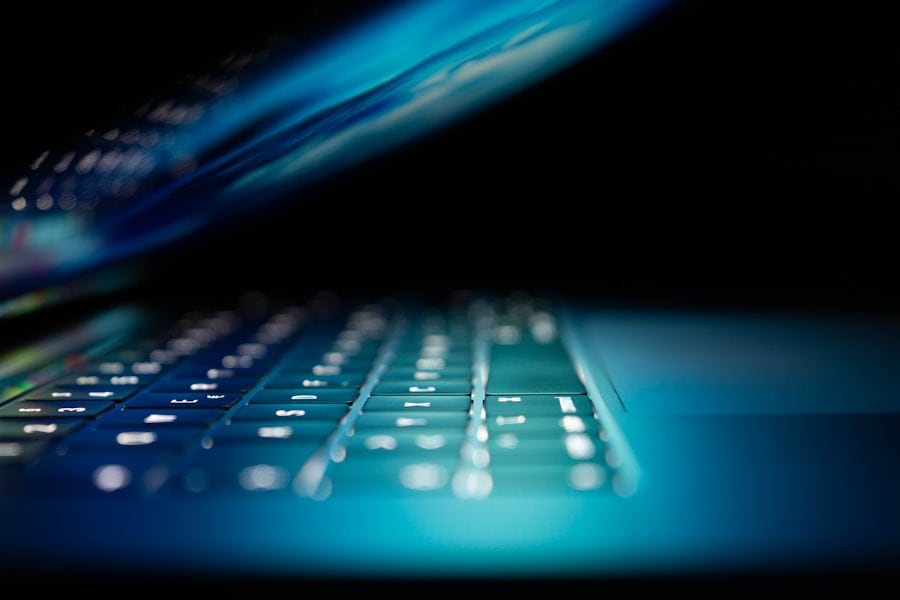
Training and educating IOC staff on cybersecurity best practices are essential for building a strong security culture within the organization. The IOC should provide comprehensive cybersecurity training programs for all staff members, covering topics such as identifying phishing attempts, creating strong passwords, recognizing social engineering tactics, and reporting security incidents. By educating staff members on cybersecurity best practices, the IOC can empower them to play an active role in protecting its systems and data from cyber threats.
Additionally, the IOC should establish clear policies for acceptable use of its systems and resources, outlining guidelines for handling sensitive information, accessing external websites, using personal devices for work purposes, and reporting security concerns. By establishing clear policies for acceptable use, the IOC can ensure that staff members understand their responsibilities for maintaining a secure working environment. Furthermore, the IOC should regularly communicate updates on emerging cyber threats and best practices for mitigating them through internal newsletters, training sessions, and awareness campaigns.
By keeping staff members informed about current cybersecurity issues, the IOC can enhance their awareness and vigilance against potential threats.
Collaborating with Cybersecurity Experts and Organizations for Support and Information Sharing
Collaborating with cybersecurity experts and organizations is crucial for staying informed about emerging threats and best practices in cybersecurity. The IOC should establish partnerships with reputable cybersecurity firms and industry organizations to gain access to expert guidance, threat intelligence, and best practices for enhancing its cybersecurity posture. By collaborating with cybersecurity experts and organizations, the IOC can leverage their expertise to identify potential vulnerabilities in its systems and develop effective strategies for mitigating cyber threats.
Additionally, the IOC should participate in information sharing initiatives with other sports organizations, government agencies, and industry partners to exchange threat intelligence and best practices for cybersecurity. Information sharing enables organizations to stay informed about emerging cyber threats and learn from each other’s experiences in defending against them. Furthermore, participating in information sharing initiatives allows the IOC to contribute to collective efforts in combating cybercrime and enhancing global cybersecurity resilience.
In conclusion, protecting the International Olympic Committee from cybersecurity threats is essential for ensuring the integrity and success of the Olympic Games. By understanding the cybersecurity threats faced by the IOC and implementing robust measures such as strong authentication and access control, securing communication channels and data transmission, conducting regular security audits and penetration testing, training staff on cybersecurity best practices, and collaborating with cybersecurity experts and organizations for support and information sharing, the IOC can strengthen its cybersecurity defenses and safeguard its operations and data from potential cyber attacks. With a proactive approach to cybersecurity, the IOC can uphold its commitment to hosting safe and secure Olympic Games for athletes, sponsors, and fans around the world.
For more information on the intersection of cybersecurity and virtual worlds, check out this article on the economic and social impacts of the metaverse here. It explores how the metaverse can affect real-world economies and societies, shedding light on the potential cybersecurity implications of this emerging technology.
FAQs
What is IOC cybersecurity?
IOC stands for Indicators of Compromise, which are pieces of forensic data that identify potentially malicious activity within a network or computer system. IOC cybersecurity involves the use of these indicators to detect and respond to cyber threats.
What are some examples of IOCs?
Examples of IOCs include IP addresses, domain names, file hashes, registry keys, and patterns of suspicious behavior. These indicators can be used to identify malware, unauthorized access, or other security breaches.
How are IOCs used in cybersecurity?
IOCs are used in cybersecurity to detect and respond to security incidents. Security teams can use IOCs to monitor network traffic, analyze system logs, and identify potential threats. IOCs can also be shared with other organizations to help prevent and respond to cyber attacks.
What are the benefits of using IOCs in cybersecurity?
Using IOCs in cybersecurity allows organizations to proactively detect and respond to security threats. By identifying potential indicators of compromise, organizations can take steps to mitigate the impact of a security incident and prevent future attacks.
How can organizations implement IOC cybersecurity?
Organizations can implement IOC cybersecurity by using security tools and technologies to monitor and analyze network traffic, system logs, and other sources of data. They can also establish processes for sharing and collaborating on IOCs with other organizations in the cybersecurity community.
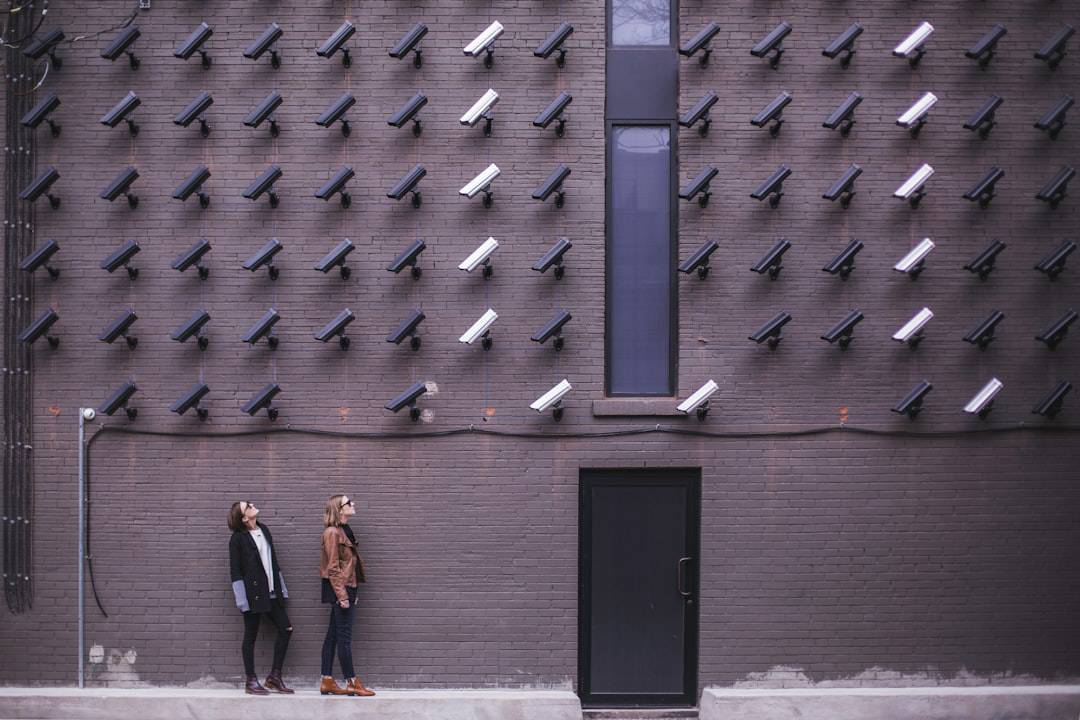


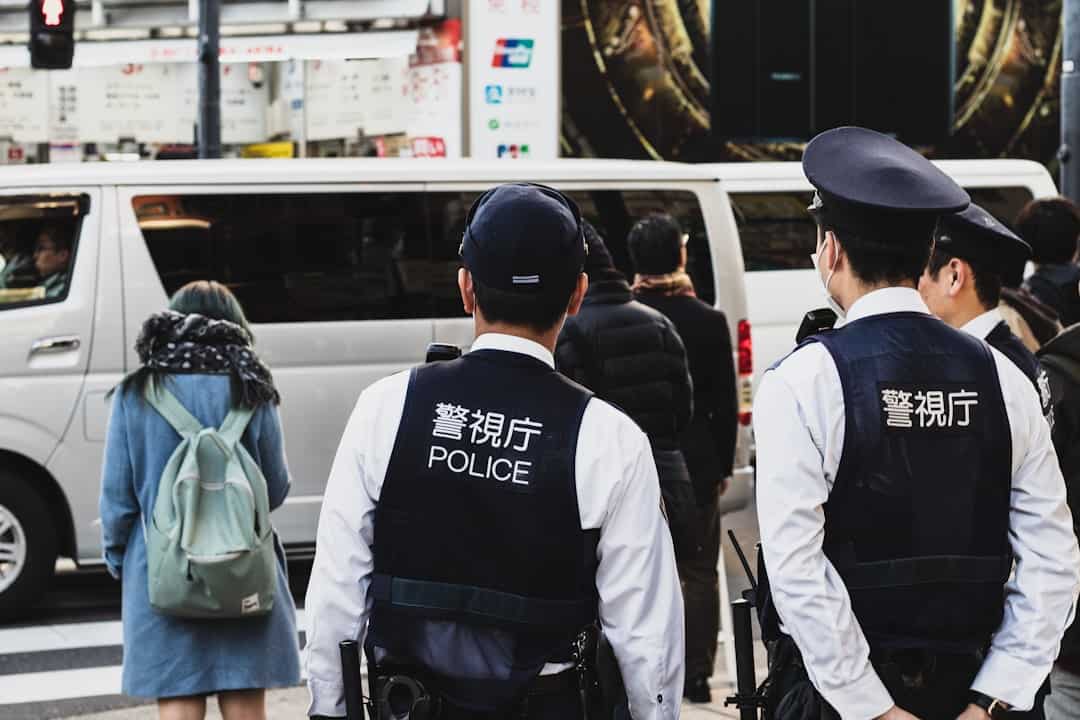

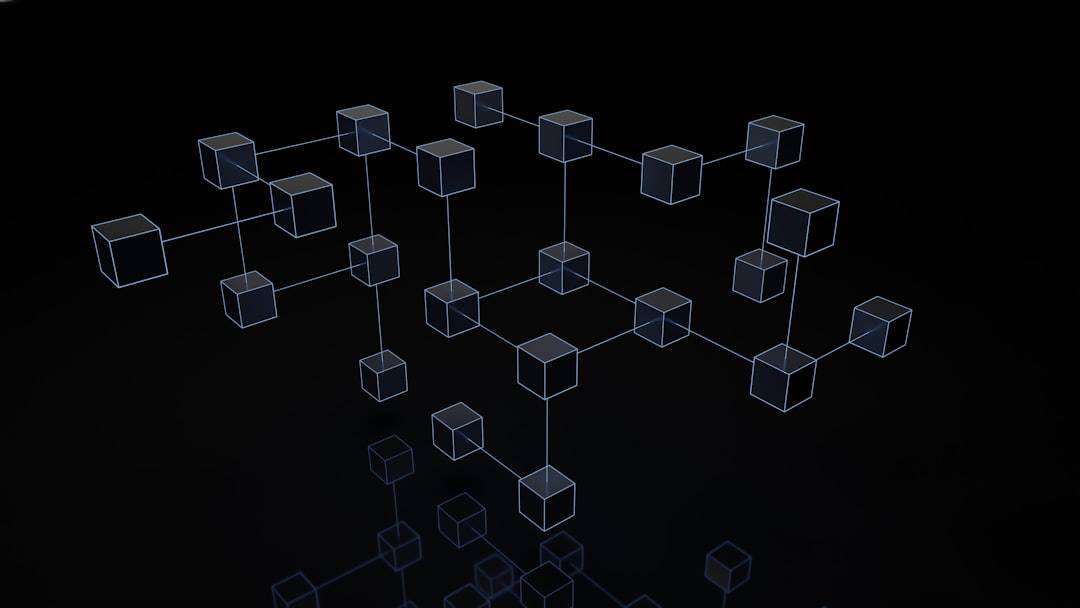
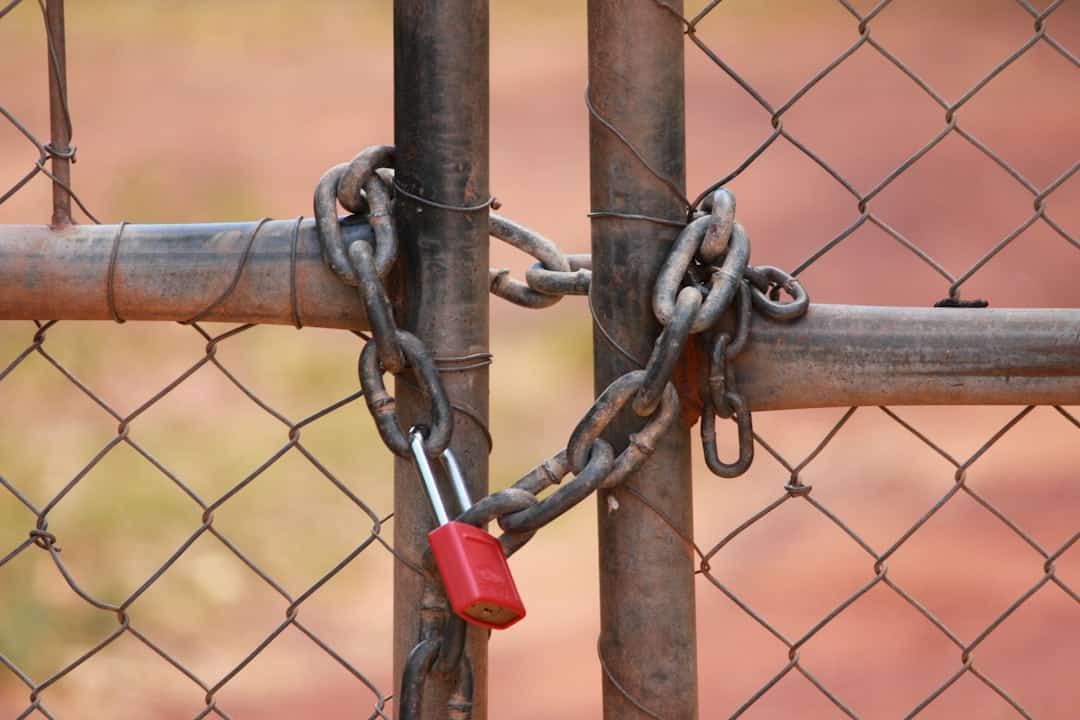
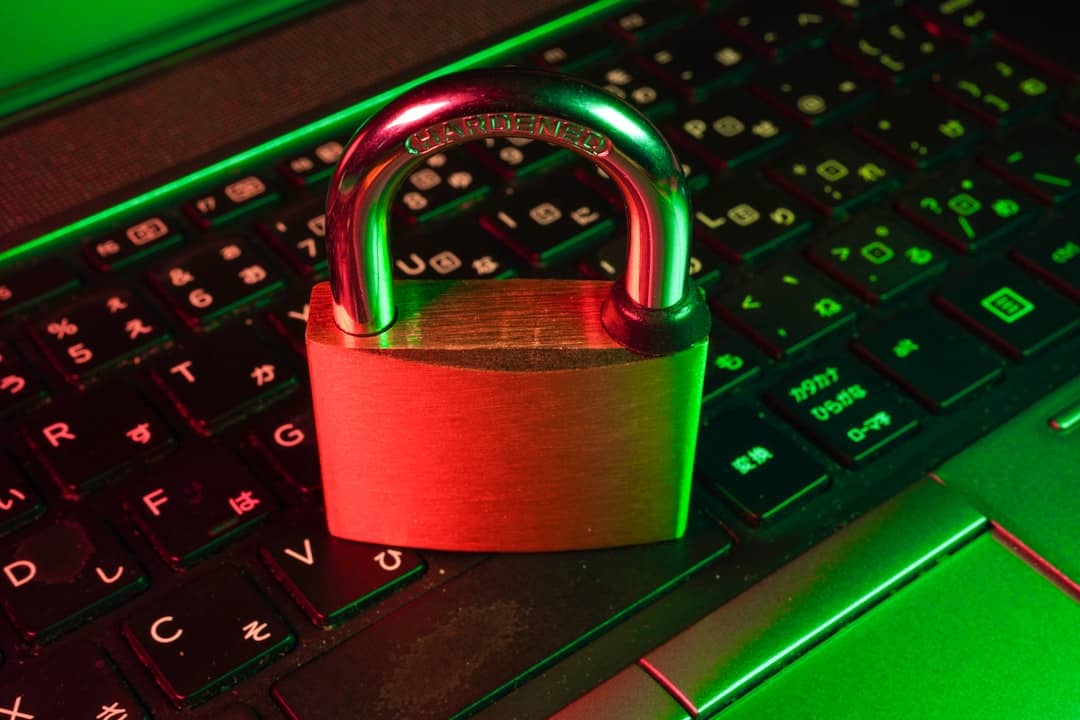

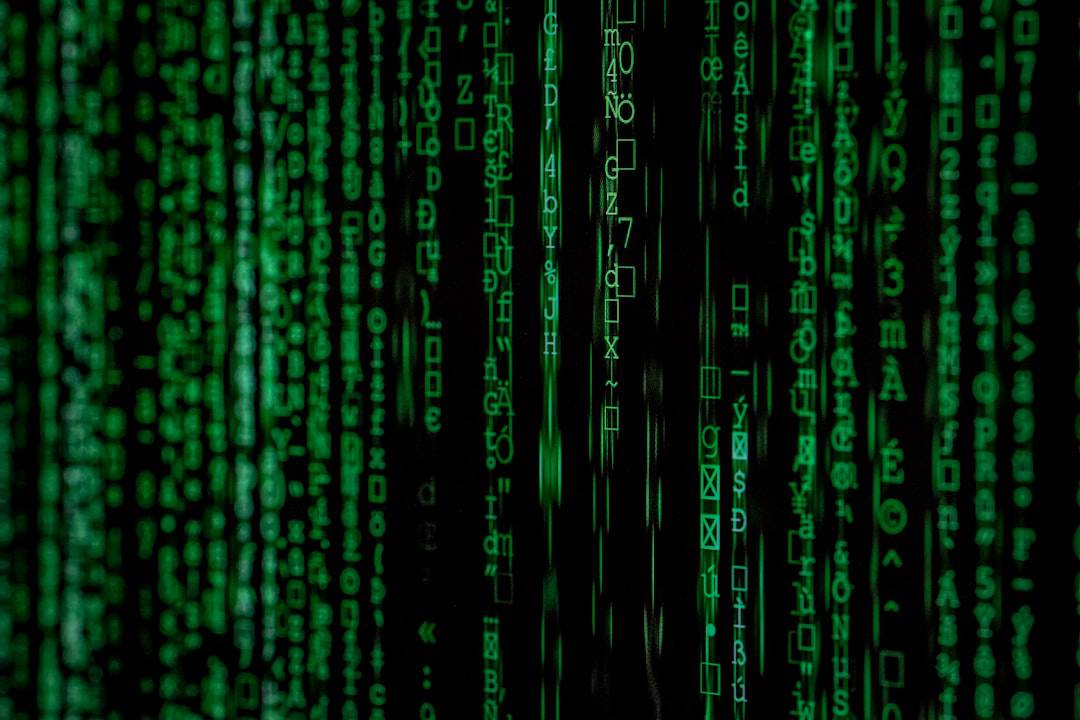

Leave a Reply